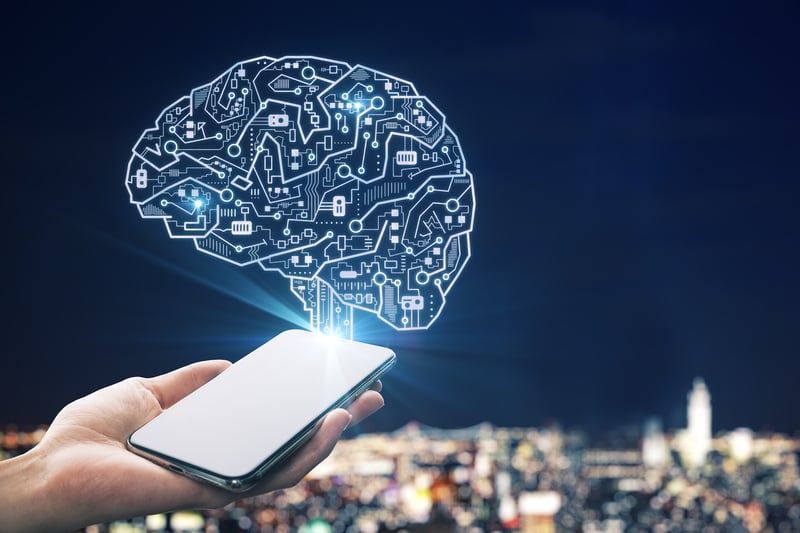Over the last 20 years, reliance on bicycles for daily commuting in London increased by 170%, as the number of daily bicycle journeys increased from 270,000 in 1993 to 730,000 in 2016. Transport for London (TfL) used manual traffic counts to determine the number of people who are cycling on the city's roads. These data played a crucial role in assessing the demand for new cycle routes, directing the construction of new road networks, and figuring out the number of people who are cycling, whether for transportation or entertainment purposes. However, due to the limitations of manual traffic counts seeing it is only applied to specific points, a new methodology was necessary to provide a more comprehensive idea of the use of roads in London.
In 2018, TfL collaborated with Vivacity Labs to install sensors in congested areas where bicycles are widely used in London. The sensors have been installed at two locations along Millbank through AI technology to track road users and determine which mode of transport they are using. During this trial, sensors have proven to be successful in determining the nature of road use and the means of transport (whether by bicycle or on foot) with an accuracy of 98%. This percentage shows how the data have contributed to the planning of new cycle routes in London, as part of the city’s efforts to expand the network of cycle routes. The Mayor and TfL have committed to increasing travel by foot, bicycle, or public transport from 63% to 80% by 2041.
Sensors operate on several levels, as they enable a continuous flow of anonymous data on all forms of mobility, whether by foot, bicycle, regular cars, or large cargo vehicles and other means of transport. These devices track road users within their range, providing detailed data on how these commuters use available spaces. Such data can be viewed in the form of cadastral images, maps, or satellite images. Data also develop models based on past and present urban behaviors and projected traffic flows using predictive analytics to design new cycle routes. The sensors are part of a broader program to modernize TfL's road systems and networks, and they may be connected to traffic lights and city control systems to provide real-time data.
In addition to detecting bicycle users, the sensors identify pedestrians and the means of transport used, such as cars, large goods vehicles, vans, and buses. Their main objective is acquiring a much better understanding of the demand on the road network and the role of TfL in improving transport routes. Thanks to the availability of data on all means of transport, TfL will be able to balance the demand and develop its mechanisms to deal with malfunctions. Moreover, data on the numbers of bicycle users are key to planning new cycle routes in London, in addition to allocating investments to build the necessary infrastructure.
The use of AI in planning cycle routes in Greater London falls under the umbrella of TfL's Healthy Streets for London. This program aims at improving air quality, reducing congestion, alleviating traffic, and transforming London's diverse communities into green and healthy spaces that attract people to live, work, have fun, and establish projects in the city. The pilot phase of the project, which was carried out in 2018, has proven successful in identifying the roads used by cyclists and pedestrians. This is useful information for the future planning of cycle routes and for revealing the increase in the number of cyclists in London over the past twenty years. The city plans to install 43 additional sensors in 20 different locations.






